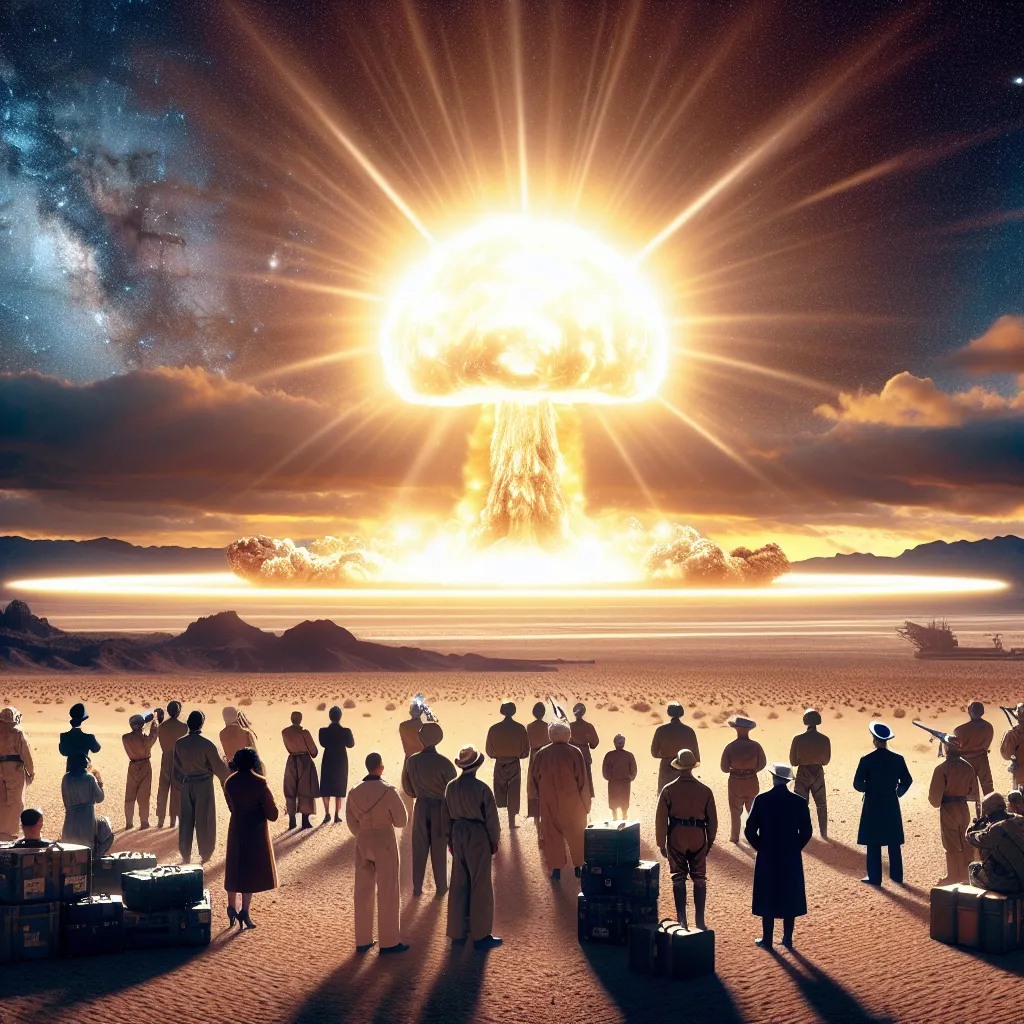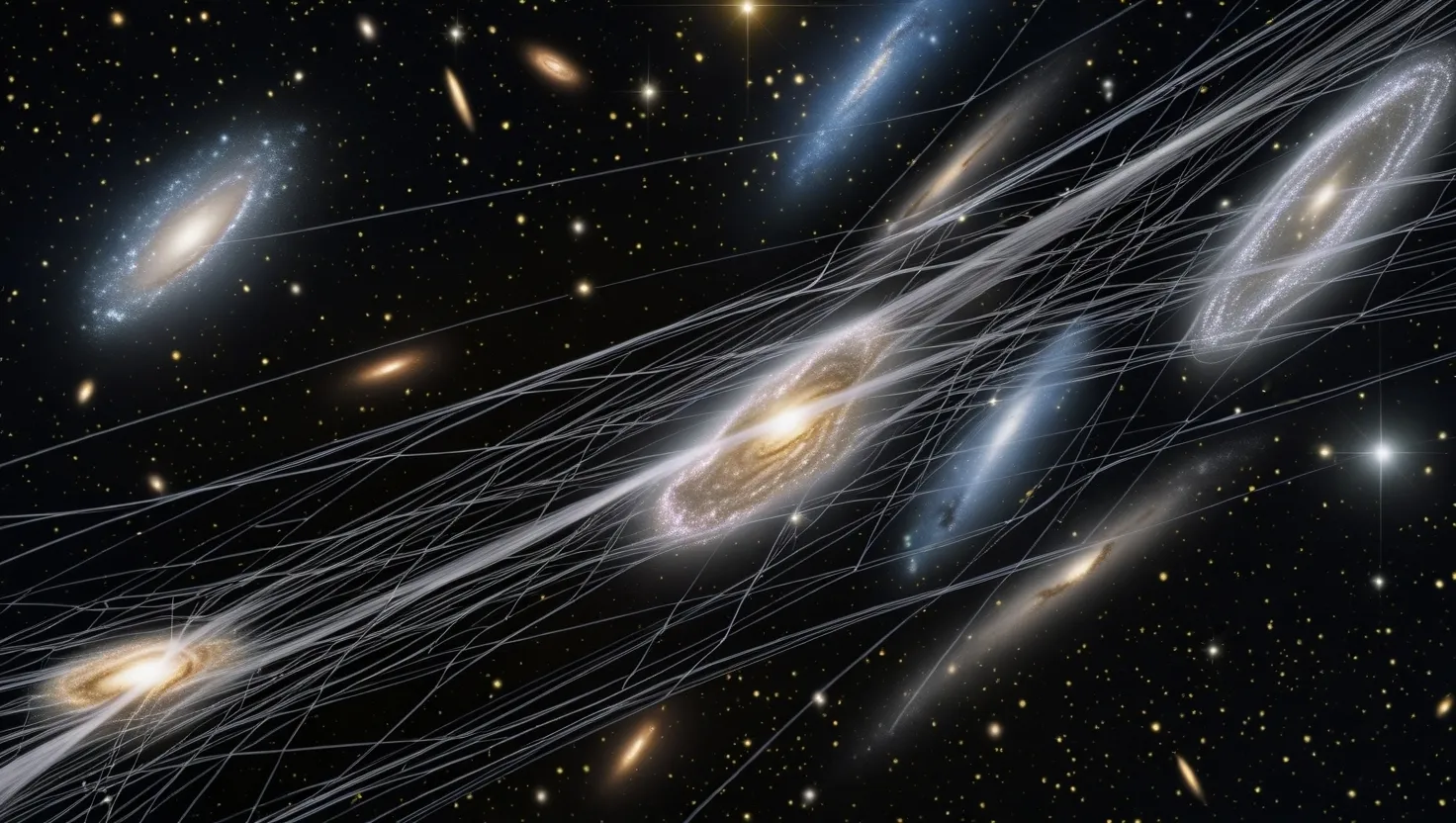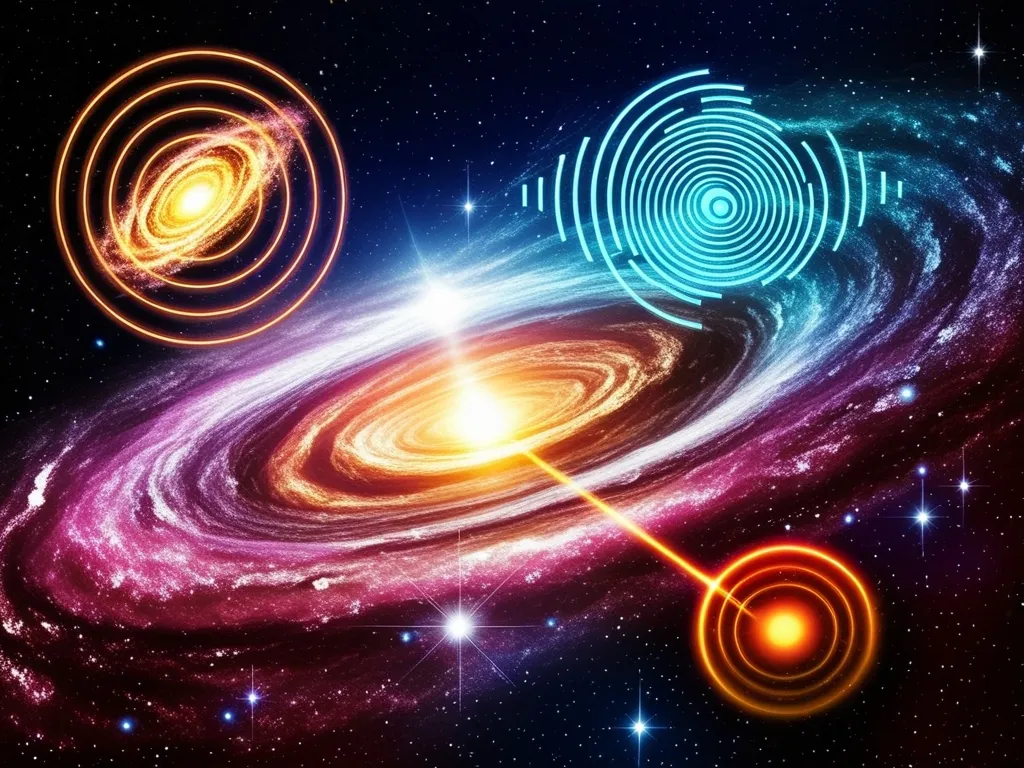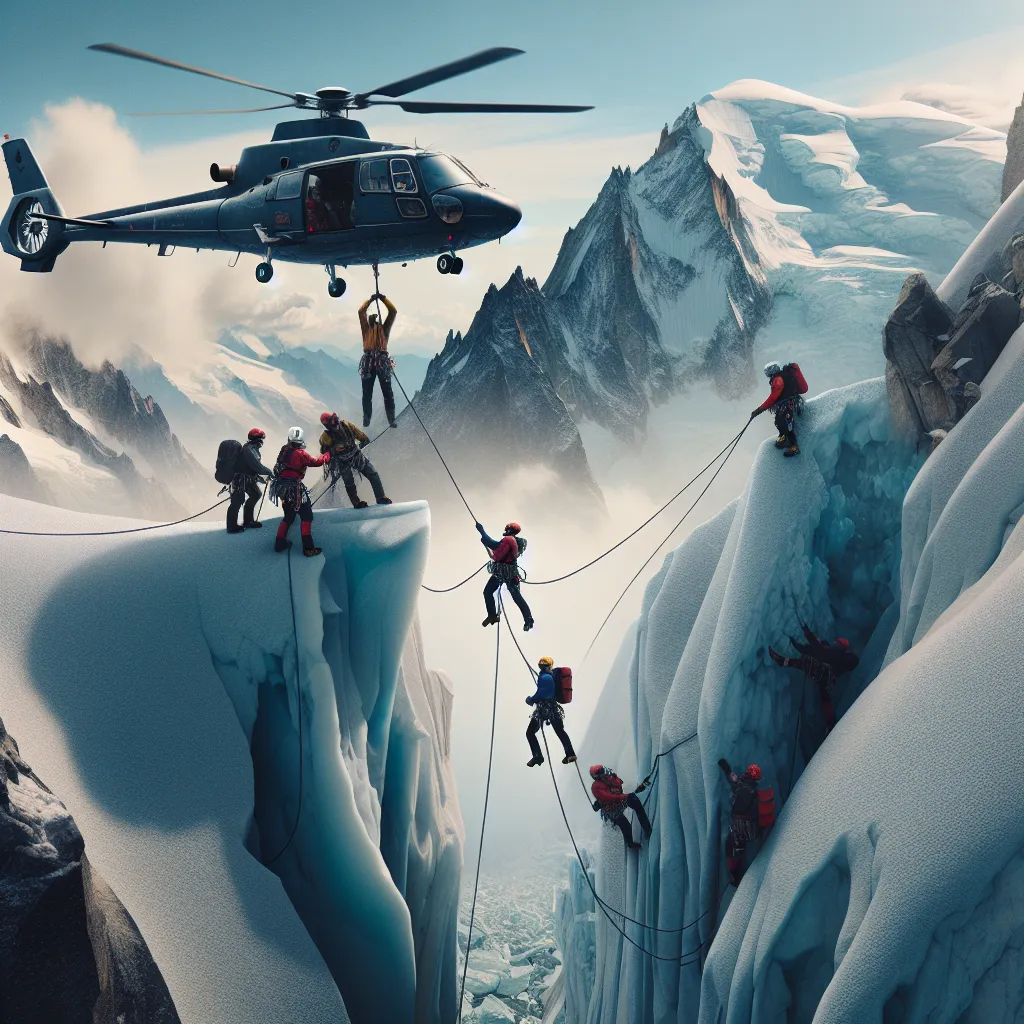In the scorching New Mexico desert, the Trinity test site buzzed with activity on July 16th, 1945. At 5:29 a.m., history was made as the world’s first atomic bomb detonated with the force of 20,000 tons of high explosives. Observers miles away felt the heat and saw a flash brighter than 20 Suns, signaling the dawn of a new and terrifying age.
The biggest explosion ever produced by humans relied on a chain reaction of tiny particles, all set in motion by conventional high explosives. John Rhodes, from the Bradbury Science Museum in New Mexico, explains that modern nuclear weapons trace their devastating power back to simple gunpowder, which evolved over time into high-energy explosives.
The atomic bomb named “Little Boy” was a compact device, yet it packed the explosive force of 15,000 tons of TNT. The bomb worked through a process called fission; inside, two uranium masses were kept separate until a conventional explosive fired one into the other. This brought the uranium together, setting off a chain reaction that released an immense amount of energy in a split second.
Tragically, the bomb was used on Hiroshima on August 6th, 1945, killing 70,000 people instantly and injuring another 70,000. Many more suffered from radiation sickness. Three days later, a second bomb called “Fat Man,” which used plutonium, devastated the city of Nagasaki with an explosion equivalent to 21,000 tons of TNT.
Both bombs unleashed horror beyond imagination. A fireball expanding instantly, a blast wave obliterating everything for miles, extreme heat vaporizing anything nearby, and radioactive particles contaminating the land—all these effects culminated in unprecedented destruction and long-lasting radiation exposure.
The terrifying nature of atomic bombs continues to haunt humanity. The initial explosion is blindingly bright, potentially blinding anyone who looks at it. The shockwave and intense heat destroy and incinerate almost everything in their path. The resulting cloud, initially red or brown, cools and turns white but carries deadly radioactive particles that can travel downwind and contaminate large areas.
Exposure to this radiation can damage cells, overwhelm the body, and cause severe burns and internal damage. The impacts of such extreme radiation exposure were tragically demonstrated in Hiroshima and Nagasaki.
Despite this, the nuclear genie is out of the bottle, with the knowledge and power of atomic bombs forever changing the world.






